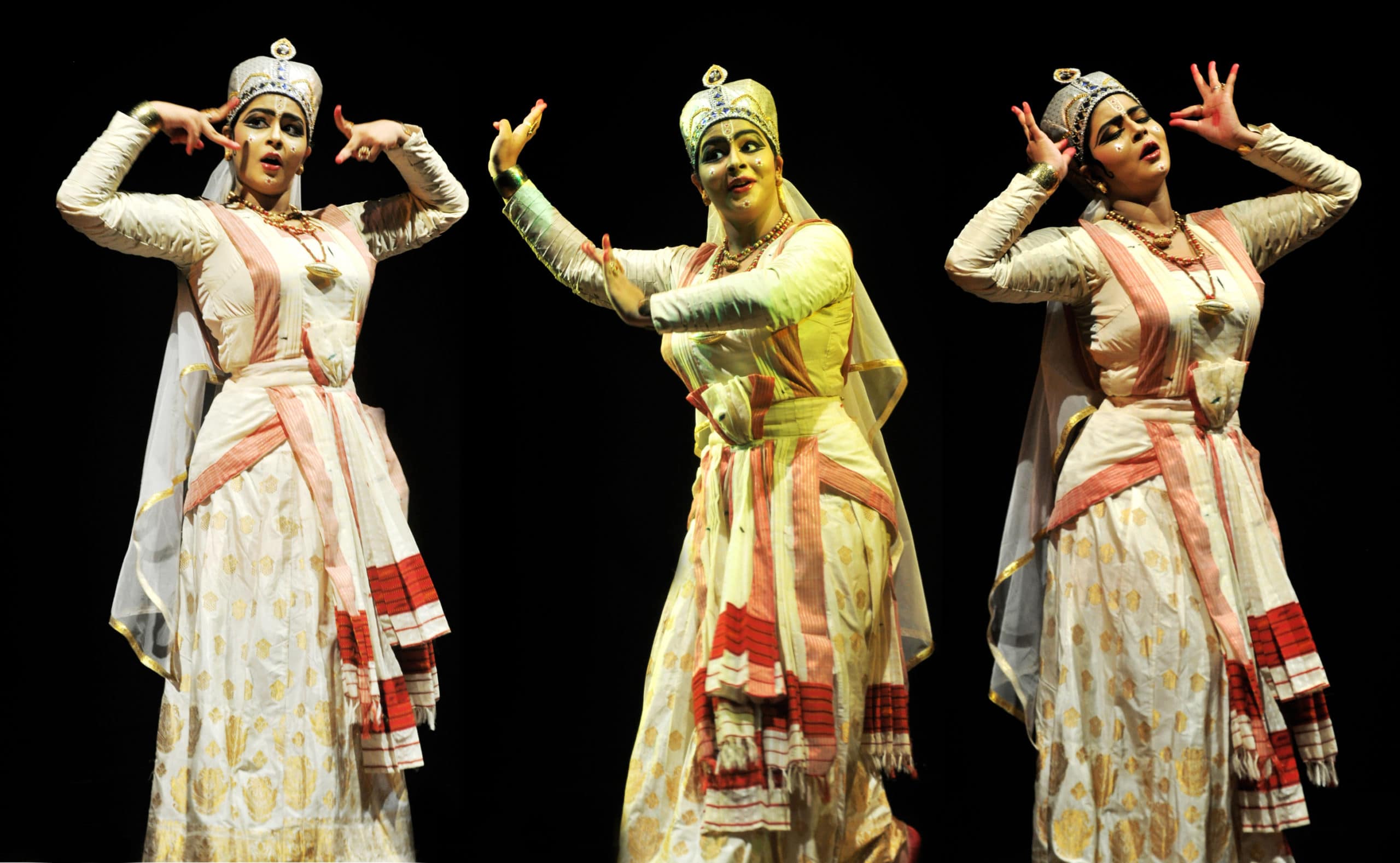
Sattriya, a classical Indian dance form, is steeped in rich cultural heritage and spiritual significance. Originating in the northeastern state of Assam, Sattriya is a captivating art form that has transcended time and continues to enthrall audiences worldwide. This dance form, with its graceful movements and intricate expressions, is deeply rooted in the Vaishnavite tradition, reflecting devotion and storytelling through rhythmic gestures and footwork. As we delve into the world of Sattriya, we uncover its mesmerizing history, unique features, and enduring impact on the performing arts landscape. Join us on a journey to explore nine fascinating facts about Sattriya, shedding light on its evolution, cultural significance, and the enduring allure that has made it a cherished part of India's artistic legacy.
Key Takeaways:
- Sattriya is a traditional Indian dance with a rich history rooted in Hinduism. It was banned but revived, and now it’s recognized as a classical dance form, featuring intricate movements and soul-stirring music.
- Sattriya, once performed only by male monks, now includes female performers. It tells diverse stories through graceful movements and has gained global acclaim, preserving Assamese cultural heritage.
Sattriya is a classical Indian dance form.
Originating from the Indian state of Assam, Sattriya is one of the eight classical dance forms of India. It has a rich history and is deeply rooted in the Vaishnavism tradition of Hinduism. The dance form was developed in the 15th century by the revered saint and scholar, Srimanta Sankardeva, as a medium to convey devotional themes.
Sattriya was banned for centuries.
During the 17th century, Sattriya faced suppression and was banned due to its association with the Sattras, the Vaishnavite monasteries in Assam. However, it was revived in the 20th century, thanks to the efforts of several scholars and practitioners who recognized its cultural significance.
The dance form was traditionally performed by male monks.
Originally, Sattriya was exclusively performed by male monks as a part of their daily rituals within the Sattras. It was later opened up to female performers, leading to a more inclusive representation of the art form.
Sattriya features intricate footwork and graceful movements.
The dance is characterized by intricate footwork, graceful hand movements, and expressive facial expressions. The performers often don traditional Assamese attire, adding to the visual allure of the dance.
Sattriya is accompanied by soul-stirring music.
The dance is accompanied by soul-stirring music that includes a variety of traditional Assamese instruments such as the khol (a drum), flute, cymbals, and violin. The music adds depth and emotion to the performances, enhancing the overall experience for the audience.
Sattriya gained recognition as a classical dance form in the 21st century.
In 2000, Sattriya was officially recognized as a classical dance form by the Sangeet Natak Akademi, India's national academy for music, dance, and drama. This acknowledgment elevated the status of Sattriya and brought it to the forefront of the Indian classical dance repertoire.
The repertoire of Sattriya includes a diverse range of themes.
Sattriya encompasses a diverse range of themes, including mythological narratives, devotional compositions, and lyrical expressions of love and devotion. The dance form serves as a medium for storytelling and spiritual exploration.
Sattriya has gained global acclaim.
In recent years, Sattriya has garnered international recognition, with performances and workshops held in various countries. This global exposure has contributed to the preservation and propagation of the art form on a global scale.
Sattriya continues to thrive as a cherished cultural heritage.
Today, Sattriya stands as a cherished cultural heritage, celebrated for its spiritual essence, artistic finesse, and historical significance. Its enduring legacy reflects the resilience and cultural richness of the Assamese tradition.
Conclusion
In conclusion, Sattriya is a captivating and culturally rich form of performing arts that holds deep historical and spiritual significance. Its origins in the monasteries of Assam, India, and its evolution into a recognized classical dance form highlight its enduring legacy. The intricate footwork, graceful movements, and expressive storytelling make Sattriya a mesmerizing art form that continues to enthrall audiences worldwide. By embracing Sattriya, individuals can immerse themselves in the beauty of Assamese culture and experience the profound emotions and narratives conveyed through this timeless art form.
FAQs
What makes Sattriya unique?Sattriya stands out for its seamless blend of devotion, storytelling, and graceful movements. It is the only classical dance form in India with roots in Vaishnavism, and its repertoire includes a diverse range of themes, from mythological narratives to lyrical expressions of love and devotion.
Is Sattriya suitable for all age groups?Yes, Sattriya is a versatile art form that can be appreciated by individuals of all ages. Its expressive storytelling and vibrant performances appeal to both young audiences and seasoned art enthusiasts, making it a delightful experience for families and cultural enthusiasts alike.
Was this page helpful?
Our commitment to delivering trustworthy and engaging content is at the heart of what we do. Each fact on our site is contributed by real users like you, bringing a wealth of diverse insights and information. To ensure the highest standards of accuracy and reliability, our dedicated editors meticulously review each submission. This process guarantees that the facts we share are not only fascinating but also credible. Trust in our commitment to quality and authenticity as you explore and learn with us.
